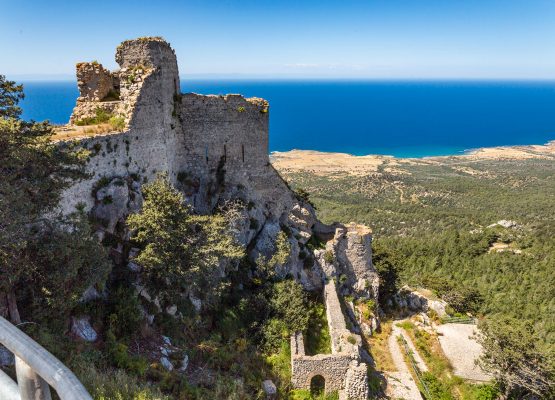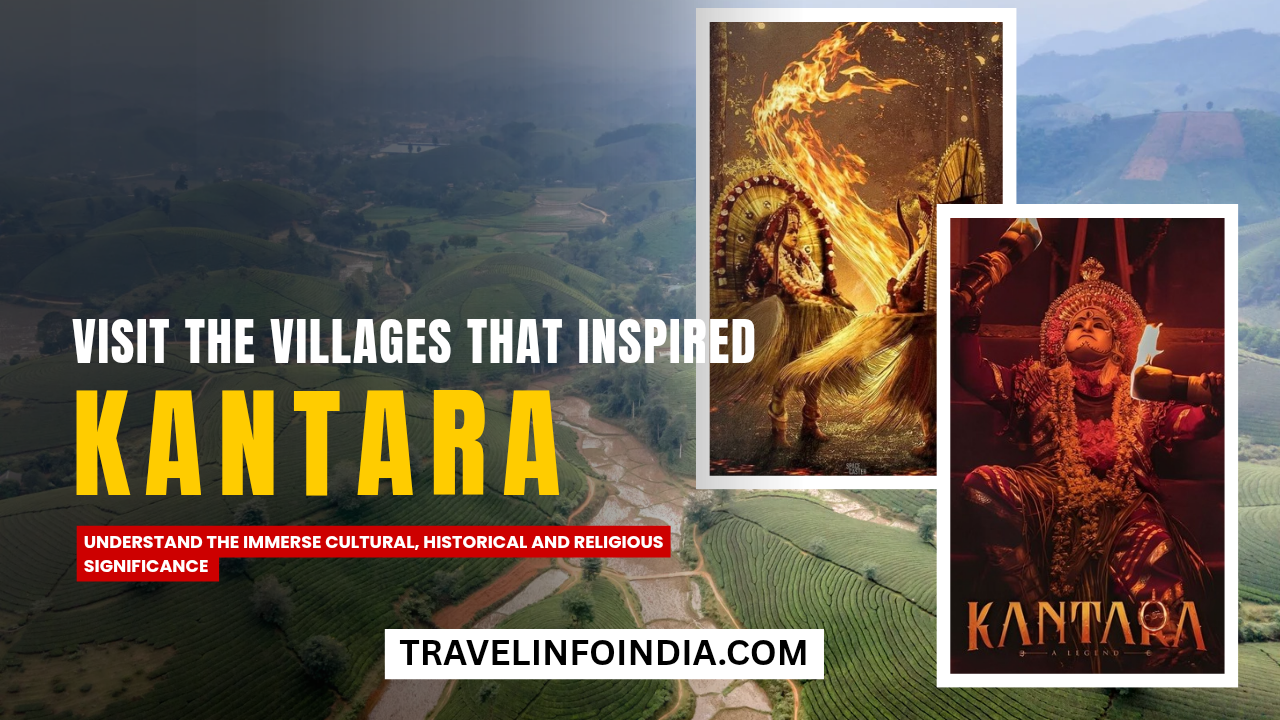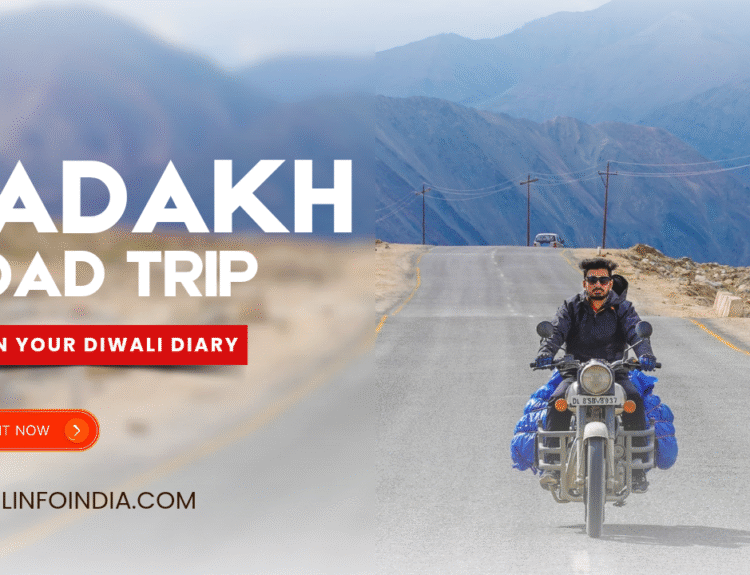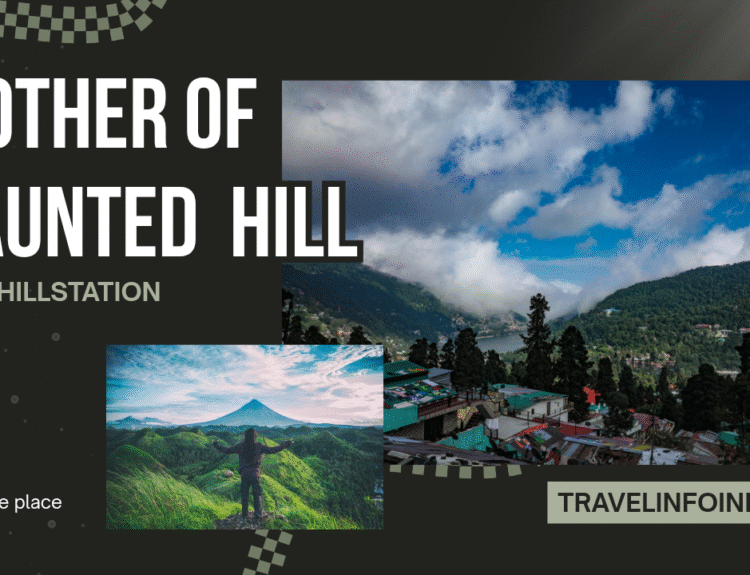Visited the Villages That Inspired Kantar
If you loved Kantara, you’ll want to walk the lands that inspired its story— hills, the forests, the rituals. This film is rooted deeply in real places and traditions of coastal Karnataka, and visiting them is like stepping into a living folktale. Below are the highlights of my visit, keywords to guide travellers, locations, what to see, and why these places matter so much.

Visited the Villages That Inspired Kantara
1. Keradi, Kundapura Taluk, Udupi District, Karnataka
Location & How to Reach:
Keradi is a small village in Kundapura Taluk of Udupi district in Karnataka. It’s around 60-80 km from Udupi town, accessible by road. Best to base yourself in Kundapura or Udupi and hire a local guide.
Why It’s Special:
This is the village where Kantara was shot, and where much of the folklore, traditions, and even the landscape come from. The director, Rishab Shetty, himself hails from this region and drew inspiration from the conflict between forest officials and villagers in his own childhood memories.
Attractions & Highlights:
Walk through dense forest patches around Keradi, where scenes of confrontation between man and nature were filmed.
See the local shrines and sacred groves (kaavu) where Buta Kola rituals are held. These sites are often simple but spiritually charged.
Meet local tribal communities; many of the costumes, music, dance, the ‘paddanas’ (oral folk songs) used in Kantara were collected from real people here.
Keywords: Keradi, Kundapura, coastal Karnataka, Buta Kola, sacred groves, Tulu folk culture, forest-villager conflict, rural Karnataka landscape.
2. The Tulu-Speaking Region of Coastal Karnataka & Malenadu / Kasargod Area
Location & Reach:
This region includes districts in Karnataka along the coast (like Udupi, Dakshina Kannada) and just across the border in northern Kerala (Kasargod). Many villages here share language (Tulu), culture, folk ritual traditions, belief in Daivas / demigods.
What to Discover:
Buta Kola: performances in honour of local deities, often involving oracles or spirit-possession elements. These rituals happen at specific times of year, typically December to May.
Kambala: the buffalo racing through marshy, rain-filled tracks. The film features this heavily; you can witness local versions of Kambala events in season.
Villages & Sites to Visit:
Smaller villages around Kundapura / Udupi where Buta Kola is still practiced. You can plan to time your visit so as to attend a ritual.
Sacred groves: small temple forests or “kaavus” where demigods are revered; these often hold ancient trees, unique biodiversity.
3. Forests & Nature that Become Character
One of the striking things about Kantara is how the forest isn’t just background—it’s central to the conflict, identity, spirituality. Walking through these landscapes gives a sense of why.
What to See:
The eco-sensitive zones near Keradi. Keradi itself lies close to the Mookambika Wildlife Sanctuary; the mix of deep forest, streams, wildlife, sounds of nature—it’s immersive.
Traditional rural architecture: simple huts, rice paddies, wetland fields, pathways made of sand, rustic groves. These are the scenes that ground the myth.
4. Living the Rituals: Buta Kola & Folk Drama
If you visit, arrange to see a Buta Kola performance or related rituals. These are powerful: vibrant costume, spirit possession, dance, music, community gathering.
What to Plan For:
When: Buta Kola typically happens in certain seasons (often dry season; months vary by locality). Checking with local temples/kaavus or folk culture groups helps.
Where: villages in Kundapura, around Keradi, and in Tulu Nadu. Also across in Kerala’s Kasargod where traditions overlap (Theyam).
Cultural Insights:
The role of Daivas (demigod spirits) in daily life of villagers.
Paddanas – folk stories, chants recited to invoke divine presence.
Costumes, face painting, masks – many details in Kantara are authentically drawn from real practice.
5. Lessons & Emotions from Walking These Lands
Visiting the places behind Kantara does more than show you scenery—it connects you to themes and tensions:
Man vs Nature: seeing first-hand how local people coexist with forests—not just using them, but holding them sacred.
Tradition vs Modern Law: land rights, forest conservation laws, how they affect daily life.
Spirituality & Identity: how rituals, deities, community memory form identity.
Final Tips for Travellers
Try staying with a local homestay near Keradi or Kundapura. It’s quieter, more immersive.
Respect local customs—some sacred groves / temples may have restrictions (entry, photography, times).
Hire local guides or connect with folk culture groups; they enhance the experience by telling stories not found in guidebooks.
Take environmental care—these are often fragile ecological zones.
Attractions in & around Keradi / Kundapura
The forest areas & wildlife near Mookambika Wildlife Sanctuary.
Marshy fields and tracks where buffalo races (Kambala) are held.
Local shrines (Daiva / Panjurli shrines).
Rural trails through villages, rivers, streams.
Folk dance / ritual performance schedules, if available.
For travelers,journey is not just about scenic beauty but about immersing in a culture that balances devotion, storytelling, and ecology. If Kantara moved you on screen, visiting these villages will leave you with an even deeper appreciation of Karnataka’s heritage. Respect the traditions, listen to the stories, and let’s forests speak—the way they have for centuries.
Visit the 🔗 –
2. Udupi Touris
Plan Your Next Vacation Top Holiday Places in India for 2025
Have You Heard About the Magical Bioluminescent Beaches in India?





It’s too important to know knowledge like these before taking decision to travel